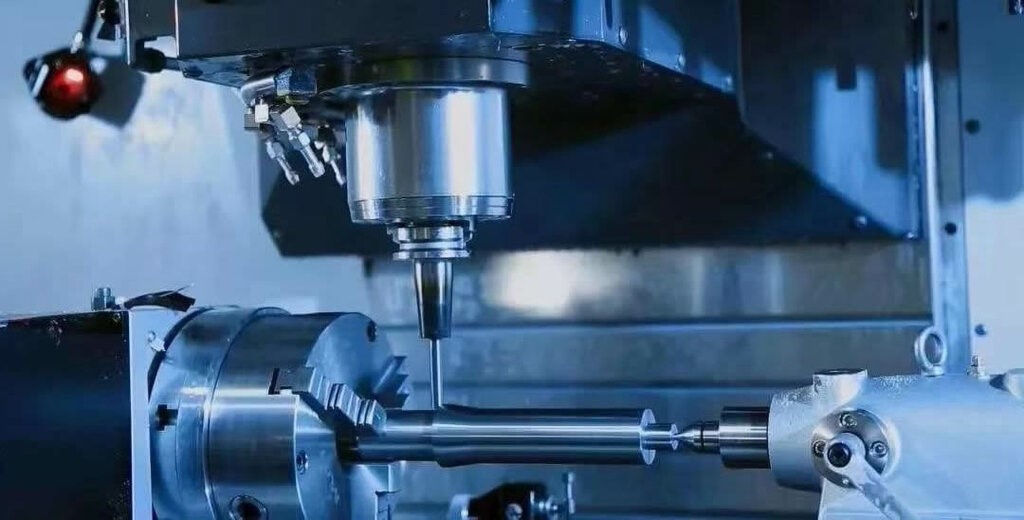Holding a prototype that feels perfect has a gratifying quality. Every hole and surface seems to have a purpose, the curves line up nicely, and the edges meet precisely. That's the quiet genius of CNC prototype machining; it's the stage where concepts leave CAD software and begin to materialize in the real world.

The Precision Advantage That Shapes Success
Every millimeter counts in the process of turning an idea into a finished product. The delicate gap between creativity and execution is filled by CNC prototype machining. This approach evaluates your design under actual circumstances to make sure the components fit, move, and function as planned. It resembles a practice run prior to the big show of mass manufacturing.
Small differences often go undiscovered until it's too late when engineers and designers only use computer simulations. These surprises are eliminated with CNC prototypes. Any potential defects or enhancements that may otherwise go unnoticed are revealed because each piece is expertly carved. Changes made now save a great deal of money and trouble later on.
Testing Functionality Beyond the Screen
How a design performs under actual duress is what distinguishes a decent design from a great one. Teams may analyze everything with CNC prototype machining, including joint performance, material reaction, assembly accuracy, and tolerance levels. Understanding how the product breathes, bends, and functions in its natural surroundings is more important than simply confirming measurements.
A CNC prototype assists in verifying functioning before molds or assembly lines are used. Consider it the designer's "truth check," verifying if a sophisticated idea truly succeeds after it exits the digital sphere.
The Real Value Lies in Feedback
Prototypes encourage teamwork. Clients, engineers, and manufacturers are able to physically touch something rather than merely picture it. This practical experience frequently leads to improvements that turn a mediocre design into a better one. Real-time feedback is made possible by a CNC prototype, which facilitates more efficient, reliable, and seamless development.
Every improvement made during the prototype stage guarantees that the design fits flawlessly by the time manufacturing starts. This stage is not only feasible but also crucial as retooling a manufacturing line is significantly more expensive than building a CNC prototype.
The Smart Step Before Scaling!
Ensuring that every component satisfies the necessary accuracy is crucial before proceeding with full-scale manufacture. That guarantee is provided by CNC prototype machining, which gives designers and companies the certainty that their product is prepared for reliable, superior duplication.
This precision becomes even more important for firms entering Production Injection Mold operations. A tested prototype guarantees that molds are constructed for parts that really function, reducing waste, getting rid of misfits, and making every item seem like it belongs.
Frequently Asked Questions
What makes CNC Prototype
machining different from 3D printing?
CNC Prototype machining removes material from a solid
block for higher strength, durability, and precision, whereas 3D printing
builds up material layers, which may not match the same tolerance or surface
finish.
Why is CNC Prototyping
essential before mass production?
It ensures that the design functions properly, fits
perfectly, and meets quality standards before scaling up production, preventing
costly errors in molds or assembly lines.
Can CNC Prototype machining
work with all materials?
Yes. It’s compatible with metals, plastics,
composites, and more, allowing designers to test parts using the same materials
planned for final production.
How long does it take to
create a CNC Prototype?
Depending on design complexity and material, it can
take anywhere from a few hours to several days, still significantly faster than
retooling post-production.
Is CNC Prototype machining
cost-effective?
Absolutely. While there’s an initial investment, it
saves far more by identifying design flaws early, ensuring a smooth transition
to Production Injection Mold and
large-scale manufacturing.
















